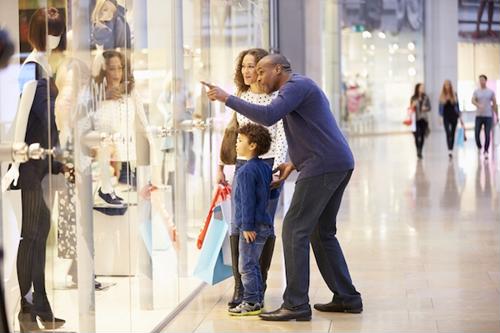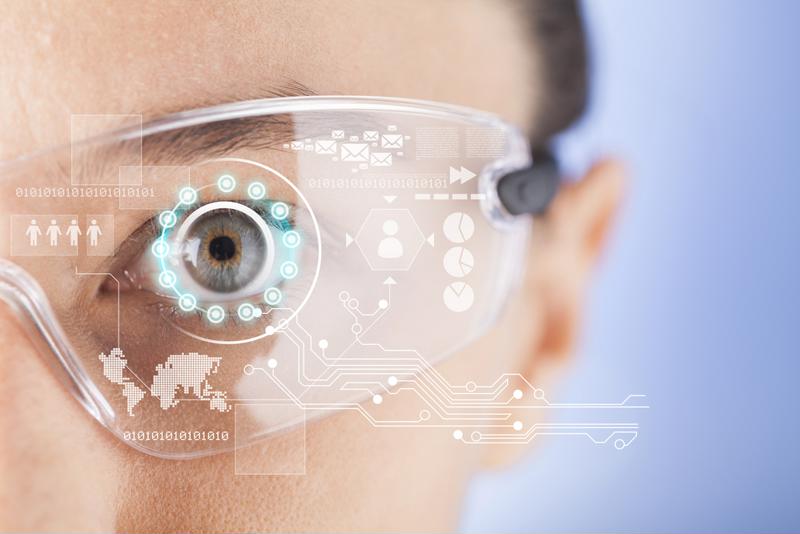
Merging physical and digital retail experiences with IoT
By Max BurkhalterNovember 15, 2018
Over the past decade, brick-and-mortar retailers have been struggling to stay relevant amidst booming e-commerce returns. The ease of use and overall convenience offered by online shopping sites has revolutionized how consumers browse, compare and purchase goods, leading some to fear for the future of physical stores. Despite the overwhelming enthusiasm for online shopping, there are some disadvantages digital stores have compared to their physical counterparts. For one, shopping digitally does not provide the instant gratification one feels when sampling a product in-person. Online shoppers must instead rely on two-dimensional images and customer reviews when deciding if a product is right for them, removing an important tactile component of the purchasing experience.
To help address this operational limitation, large online retailers like Amazon have started experimenting with new brick-and-mortar pilot projects. In late-September, Bloomberg reported on the launch of a new "Amazon 4-Star" store opening in New York, which features top-selling products curated through customer reviews and relative consumer demand. In the most literal sense, these locations will stock exactly what customers are looking for, allowing Amazon to leverage its extensive data and analytics infrastructure to break into the physical retail market. This fusion of the physical and digital world has the potential to completely upend the retail industry, but IoT technology is available to more than just massive tech companies.
Smart shopping features with IoT tech
One of the surest ways traditional retailers can remain competitive is to adopt IoT technology and adapt their operational strategy to create a hybrid sales model. Such an "omni-channel" approach would help to increase brand visibility by offering a more needs-centric method of marketing products and/or services to potential buyers. For example, many retailers have outfitted their websites with product-tracking features that let customers check if an item is in-stock remotely. Other businesses have launched in-store mobile apps that track a shopper's location within the store in real time, making it easier to find specific products. This allows customers to spend more time browsing and less time wandering around the store.
Another popular trend is the implementation of checkout-free shopping, which uses sensors and other IoT technology to track purchases and automate payment processing. This practice can save retail companies time and money, allowing larger stores to be run with minimal overhead and staffing. In addition to tracking sales, these IoT sensors could capture valuable behavioral data (anonymously) which can be analyzed and applied to better accommodate customer preferences. The more data a retailer can collect, the better informed they'll be about consumer trends, opening up new opportunities for upselling and promoting products to individuals, rather than to general consumer groups.
These dynamic features are built on big data processing and analytics, which requires a strong and dependable network and a large data storage infrastructure. The cost of implementing such a system from the ground up can be costly, but many pioneering retailers are already seeing positive results. In 2018, Forbes Insights surveyed 211 senior industry leaders, with 76 percent of respondents saying that retail IoT solutions created a return on investment. It's clear the trend is continuing to gain momentum, but how far can IoT technology realistically go?

Experiential retail strategies
At a time when brick-and-mortar stores are slowly being edged out of the retail market, some traditional businesses have decided to start offering more than just products and services - they're offering "experiences." By creating a more immersive shopping experience, retailers are hoping to attract consumers that might otherwise avoid going to a store in-person. The concept behind experiential retail strategy is to leverage cutting-edge technology to create a unique, custom-built encounter that will linger with shoppers long after they've left the store. One goal of this retail strategy is to provide a gateway between the online and offline worlds, using aggregated data and analytics to create an enhanced retail experience. In a 2017 case study, Storefront Magazine analyzed seven examples of experiential retail in action, finding that augmented reality technology, such as VR headsets, is the favored conduit for generating these quasi-virtual shopping environments. If the trend persists, it's likely retailers will continue to find creative solutions for increasing foot traffic and securing the long-term viability of in-store shopping.
In support of this goal, Perle offers high-performance networking tools that can facilitate innovative retail strategies at an industrial scale. Secure reliable performance for your creative implementation with industrial-grade hardware components like Device Servers and Serial Extenders. Read some of our customer stories to find out how we've helped inventive retailers take full advantage of IoT to secure a profitable future for their brick-and-mortar operations.



